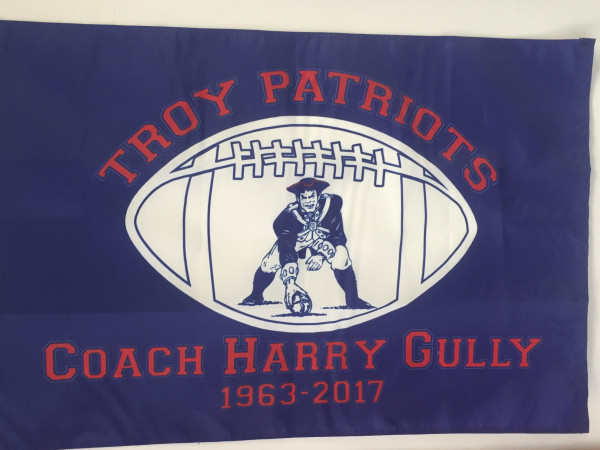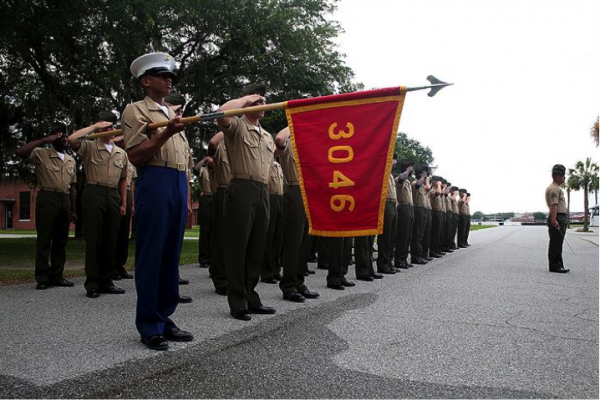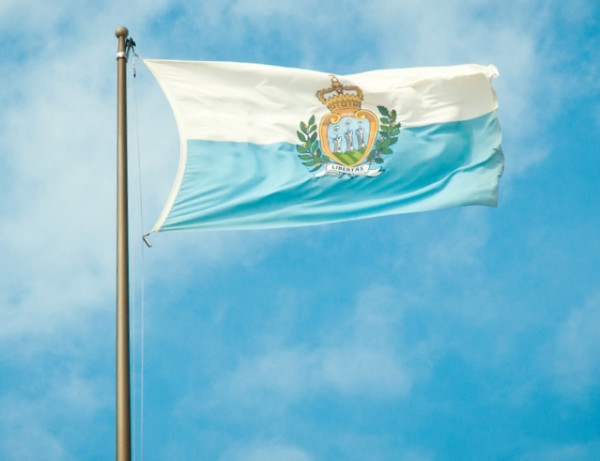Fun with Flags: Custom Digital Printing Offers Endless Options to Make Your Own Flag!

These days it’s a snap to create full-color custom designed flags by using the latest digital printing technology, which in many cases can be used to bypass the messy and time-consuming silk-screen process of the past. To make your own flag, all you need to get started is your design, logo or photograph! How Do… continue




